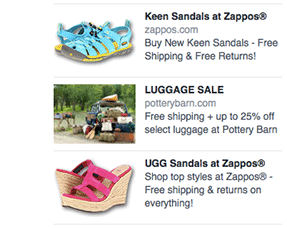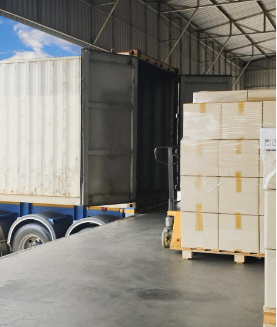
Facebook, like many other social media networks, is saturated with content from companies and groups vying for the attention of its users. To remain competitive from a business standpoint, companies should rely on more than just an icon on their website to drive traffic to the social media profile. Advertising on such a huge social network can build brand awareness, promote special offers and build your social media presence, as well as drive traffic to a website by exposing your message to an audience that otherwise may never see it.
Getting StartedTo get started with an ad campaign, it's important to decide what your goals are. You have the option to create targeted ads that will promote your page or your website, or you can promote page posts. If you are trying to promote a special offer or event, a promoted page post may be the best option. Targeted ads to your site will drive traffic and have the ability to increase conversion. Targeted ads to your page can increase your fan base, build brand awareness and engagement and are great for promoting events within your profile, such as contests and special offers for your fans.
TargetingFacebook offers a wide range of targeting capabilities. It's important to target your message to a relevant audience while still keeping your reach wide enough to ensure conversion. If you are too narrow with your segmentation, your ad will be highly relevant but may still perform poorly due to a small audience. By beginning your segmentation with age, gender and location, you can narrow down your target audience and to a specific demographic and then segment further if necessary. Advanced options include interests, family status, education and more. The campaign manager will show you the size of your audience based on your segments.
PricingThere are two pricing options for your ad campaign: cost per click and cost per impression. You can choose to pay each time a user clicks on your ad (CPC model) or per 1,000 views or "impressions" (CPM model). Again, it's important to take your goals into account. If you are hoping to gain more fans, then you should choose using the CPM model. If you want to increase engagement, the CPC option may be the best. Once you choose your pricing model, you can set your daily spend budget and your bid, or what you are willing to pay per click or per 1,000 impressions. After you reach the daily budget, your ad will no longer be displayed until the next day.
ContentFinally, you must choose the content for your ad. Ads are limited to 90 characters, so it's important to be concise and direct. A dynamic image can also help to get your message across, but choose photography that does not confuse the message or drown out your brand name.
Using a promoted page post simplifies the process by capitalizing on already existing content. This is a great option for sales promotions, event announcements or new products.
Sponsored StoriesNo matter which ad type you choose, a promoted page post or new ad, you will have the option to include sponsored stories. This will alert users to interactions with your brand by their friends, including likes, comments and sharing. There is no increase in budget for this feature.
AnalyticsOnce your ad has been created, you can set a schedule for it to run. It's good to let most ads run for at least two weeks to get reliable data. A great way to monitor your ad performance is through Facebook Insights, which will show new likes, reach and engagement. This is a great way to determine the success of a campaign. Combined with a web analysis tool such as Google Analytics, you can accurately measure performance and return.
For more information or to get started, click here.







